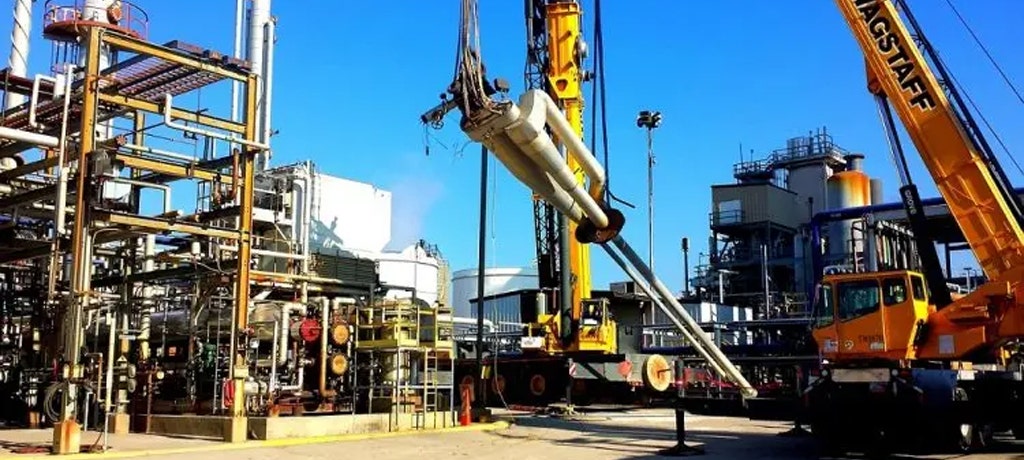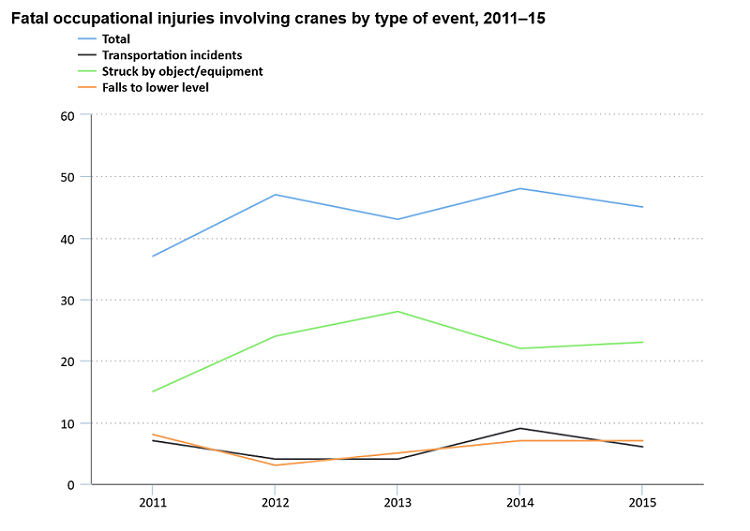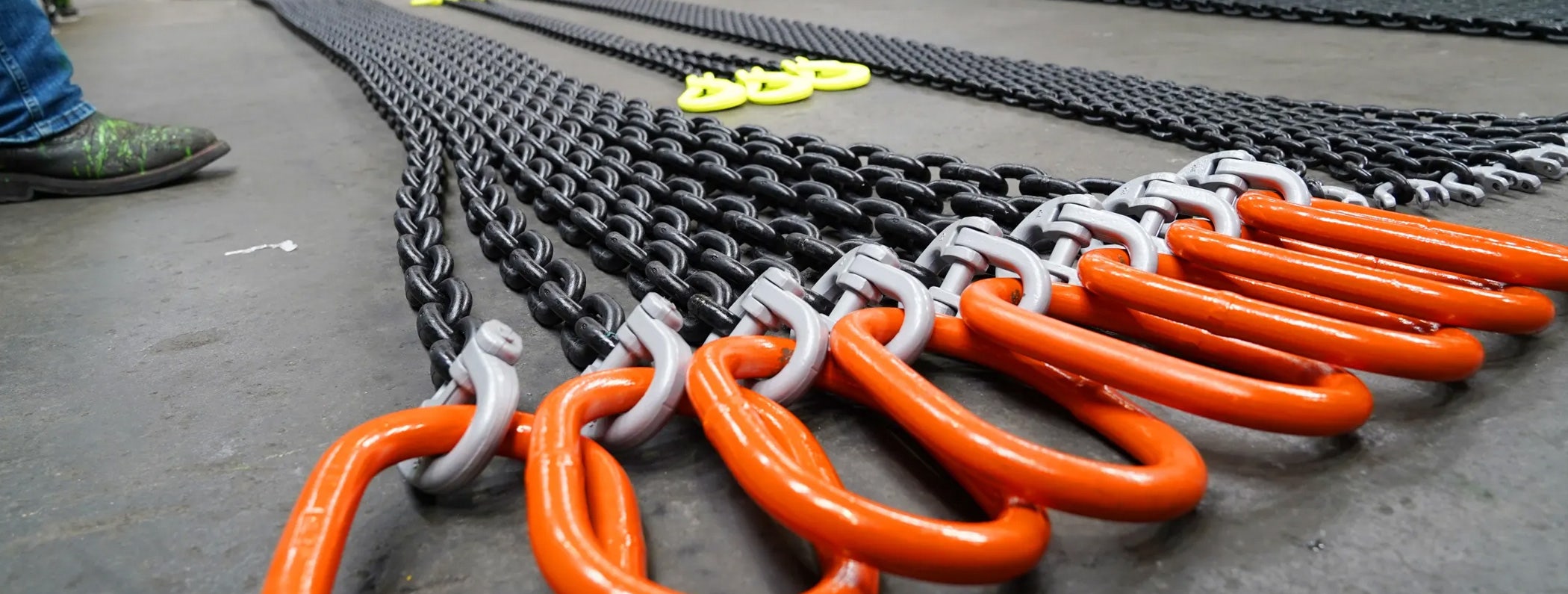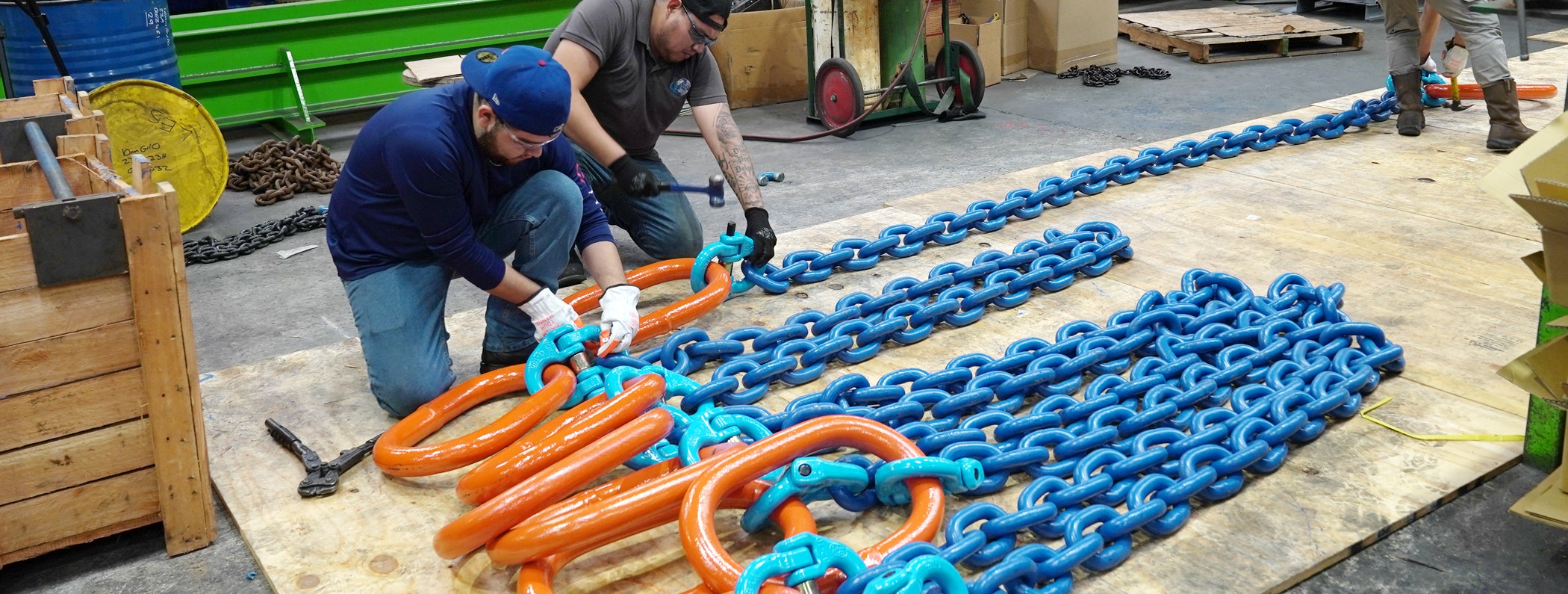What Causes Rigging Systems to Fail and How to Overcome Those Issues

Rigging is the unsung hero of many heavy-duty industries including construction, engineering, and infrastructure. It involves using cranes, pulleys, webbing slings, wire rope slings, and winches for hoisting, lifting, pushing or pulling heavy loads safely. For example, in construction, they are used to lift heavy objects such as concrete or steel pipes, structural steel elements, building materials, equipment, and even vehicles.
Rigging is a necessary part of several mega-construction activities. The primary goal of a rigging system is to save time and money as well as provide a safe environment for moving heavy loads. The slightest mistake can lead to failure, which in turn, can lead to loss of production. Sadly, it can also result in fatal workplace injuries.
A. Accidents Related to Rigging Systems
Unfortunately, sometimes rigging systems can fail. One of the most common mishaps related to rigging is crane accidents. From 2011 to 2015, the Census of Fatal Occupational Injuries (CFOI) reported 220 total crane-related deaths, with over half of all fatal crane injuries involving the worker getting struck by a heavy object or equipment.

More than three-fifths of these cases (69 of 112) involved the worker getting struck by a falling object or equipment. However, an object falling from a crane was responsible for deaths in 60 of these cases.
B. Reasons Why Rigging Systems May Fail
Although each rigging system is unique, there are a few common causes behind the failures. It is necessary to be aware of these reasons.
1) Improper Installations
One of the first things you need to make sure is that the person operating the rigging system or any part of it knows what they are doing. You should hire experts to design and install rigging systems for a given heavy load or get experts to train your staff.
Follow the best practices when rigging a load. Always use functional hardware after a thorough inspection. You will also need to consider the work environment and the possibility of the load causing abrasions to the sling. So, choose the right hardware based on the Working Load Limit (WLL) and equipment rating.
Identify the best hitch for the task at hand before attaching the load. Lastly, you should also take all safety precautions into account before setting up the rigging system. Triple check everything.
2) Overload
Overload is one of the most common causes of rigging system failures. Each rigging supply company is required to note down the working load limit (WLL) and rating for rigging equipment such as chains, dog clips, and S-hooks. Make sure your payload is well within the standard limits.
Not calculating the total load weight before the lift can also cause failure. Make sure to include below-the-hook devices such as lifting beams, spreader bars, and wire slings in the total load weight. Remember, overload can cause fatal injuries as it causes the payload to fall from a height suddenly.
3) Damaged Synthetic Slings
Synthetic lifting slings are commonly used in overhead rigging systems. Synthetic web slings and round slings made from nylon or polyester are strong and flexible. However, they are susceptible to damages such as rips, tears, punctures, and abrasions caused by extreme temperatures, prolonged UV exposure, and contact with chemicals.
Make sure to not use damaged synthetic slings. Remove damaged slings from your stock. If you are using a synthetic sling in acidic and alkaline environments, make sure to choose special chemical-resistant slings. Use edge guards for protection against abrasions or cuts.
4) Stretched or Bent Links
Along with damaged synthetic slings, stretched or bent links can also cause a rigging system to fail. Because they’re made from alloy steel, people often believe that chain slings are unbreakable. They couldn’t be any further from the truth. They don’t have the additional strength to exceed the working load limit. As a result, overused chain links can break under stress.
They are also susceptible to environmental damages such as pitting or corrosion and heat or chemical damage. Not using wear pads leave corners unprotected, making the chain susceptible to nicks, gouges or bent links. Sling angles also affect the tension on each leg of the sling significantly. Once again, you need an expert to handle chain links to avoid this damage.
C. How to Prevent Failures
As dangerous as these rigging failures can be, they are also easily preventable. There are two ways to avoid rigging system failures, selection, and inspection.
1) Proper Selection
When selecting the right rigging supplies, make sure to consider the shape, size, material, and weight of the load. You will also need to consider environmental factors such as wind, heat, temperature, and chemical exposure if any. Choose appropriate slings and rigging hardware based on your loading and rigging method.
For example, materials such as rebar can cause excessive wear-and-tear during the lift. At HHI, we use a special cover called the shark skin protector made from Honeywell spectra, to provide the added protection from rough materials. Alternatively, you can also use a synthetic sling wrapped with a Kevlar blended material to avoid such damages.
Similarly, attaching chain shorteners to a multi-leg chain sling for moving loads with varying lengths can save your time and effort. You also won’t need to invest in several multi-leg chain slings. Make sure your staff is trained to select appropriate rigging supplies as per their standard configuration.
2) Thorough Inspection
You need to inspect all the rigging equipment thoroughly before setting up the load. Visual inspection is quite straightforward and can reveal defects or damages if any. Make sure to inspect chain links for excessive broken wires, severe corrosion, localized wear, damage to end-fittings such as hooks, rings, and collars, or damage to the rope structure such as kinks, bird caging and distortion. Synthetic web slings, on the other hand, are susceptible to acid or caustic burns. Remove damaged rigging equipment from service immediately.
Wrapping up
Over the years, rigging systems have become more advanced. Still, without proper precautions, they may fail, resulting in fatal accidents. Hopefully, knowing these four common causes of failure and the two effective safety precautions can save your time, effort, money, and keep your staff safe. Remember, selection and inspection are not inconvenienced. If you haven’t already familiarized yourself with these safety steps, start now.
Shop Online















